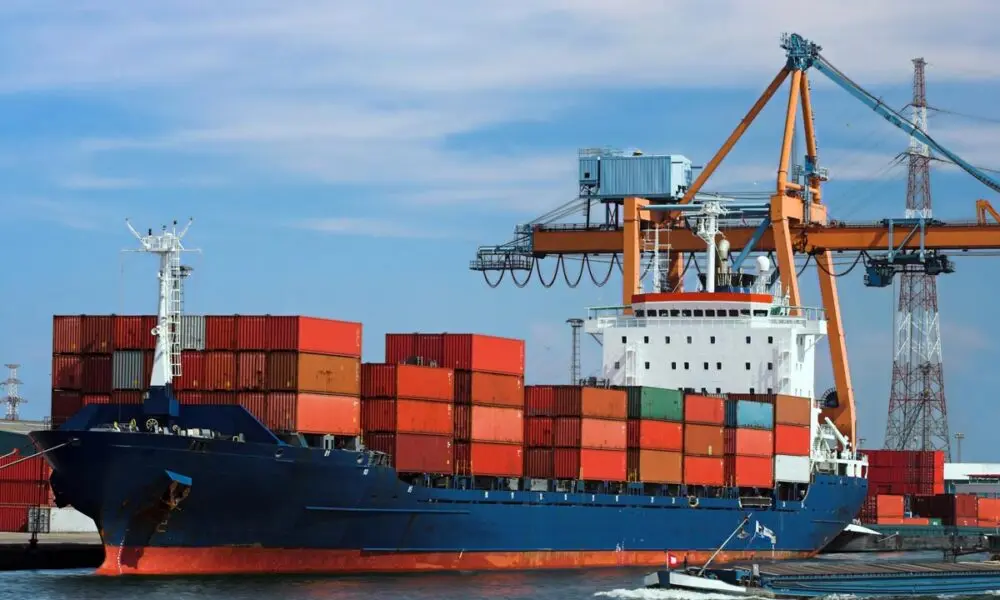According to the Nigerian Ports Authority (NPA), the number of imported containerized products brought into Nigerian seaports has increased by 13.10 percent in five years to over one million (1,009,312).
According to NPA statistics, this is twenty-foot equivalent units (TEUs) for the last five years, from 2017 to 2021.
According to Port statistics, containerized imports increased by 3.11 percent to 831,314 TEUs in 2018 from 806,219 TEUs in 2017.
It also increased by 7.32 percent in 2019 to 892,137 TEUs, 0.03 percent in 2020 to 892,401 TEUs, and 13.10 percent in 2021 to 1,009,312 TEUs.
Similarly, NPA records reveal that the export of containerized products and empties increased by 111.13 percent in five years to 1,020,511 TEUs.
A breakdown shows that containerized exports fell by 64.90 percent to 169,653 TEUs in 2018 from 483,357 TEUs in 2017.
The volume fell by 17.41% to 140,116 TEUs in 2019, increased by 29.47% to 181,406 TEUs in 2020, and fell by 462 percent to 1,020,511 TEUs in 2021.
In addition, vessel traffic entering Nigerian ports increased by 5.72 percent in the last five years to 4,100.
According to the NPA, about 3,897 vessels with a gross registered tonnage of 95,190,097 was handled in 2017, about 3,878 ships with a gross registered tonnage of 126,683,956 were handled in 2018, about 3,259 vessels with a gross registered tonnage of 108,923,118 in 2019, about 4,054 vessels with a gross registered tonnage of 127,662,514 in 2020 and 4,100 vessels with a gross registered tonnage of 125,125,787 handled in 2021.
In terms of cargo throughput in metric tons handled during the review period, Nigerian ports handled 71,535,636 million metric tons of cargo in 2017, 74,677,504 million metric tons in 2018, 81,264,169 million metric tons in 2019, 80,826,672 million metric tons in 2020, and 79,915,877 million metric tons of cargo in 2021.






